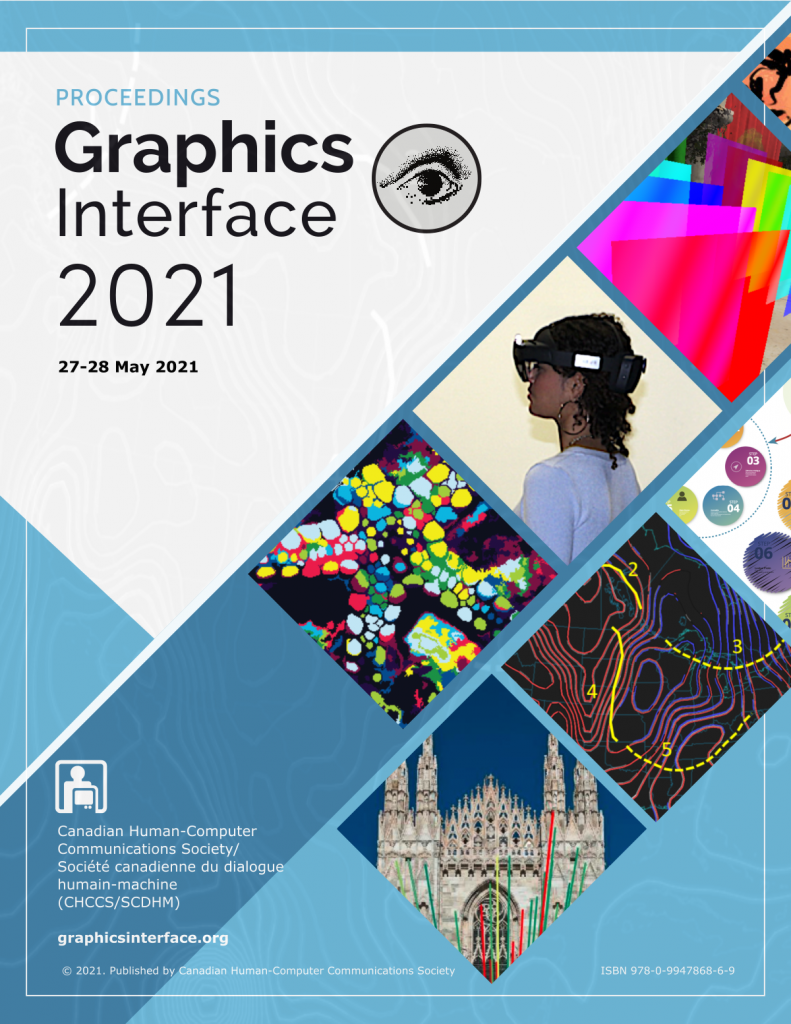Video
BibTex
@inproceedings{Hu:2021:10.20380/GI2021.32,
author = {Hu, Sathaporn "Hubert" and Malloch, Joseph and Reilly, Derek},
title = {A Comparative Evaluation of Techniques for Locating Out-of-View Targets in Virtual Reality},
booktitle = {Proceedings of Graphics Interface 2021},
series = {GI 2021},
year = {2021},
issn = {0713-5424},
isbn = {978-0-9947868-6-9},
location = {Virtual Event},
pages = {202 -- 212},
numpages = {11},
doi = {10.20380/GI2021.32},
publisher = {Canadian Information Processing Society},
}
Abstract
In this work, we present the design and comparative evaluation of techniques for increasing awareness of out-of-view targets in virtual reality. We first compare two variants of SOUS-a technique that guides the user to out-of-view targets using circle cues in their peripheral vision-with the existing FlyingARrow technique, in which arrows fly from the user's central (foveal) vision toward the target. fSOUS, a variant with low visual salience, performed well in a simple environment but not in visually complex environments, while bSOUS, a visually salient variant, yielded faster target selection than both fSous and FlyingARrow across all environments. We then compare hybrid techniques in which aspects of SOUS relating to unobtrusiveness and visual persistence were reflected in design modifications made to FlyingARrow. Increasing persistence by adding trails to arrows improved performance but there were concerns about obtrusiveness, while other modifications yielded slower and less accurate target acquisition. Nevertheless, since fSOUS and bSOUS are exclusively for head-mounted display with wide field-of-view, FlyingARrow with trail can still be beneficial for devices with limited field-of-view.





















































